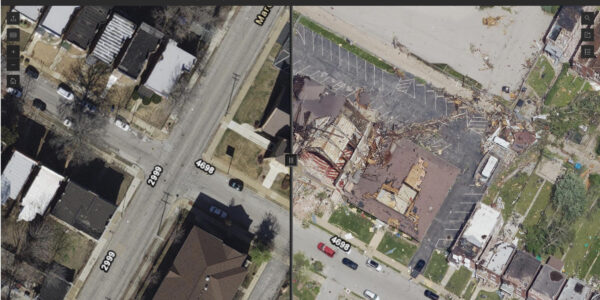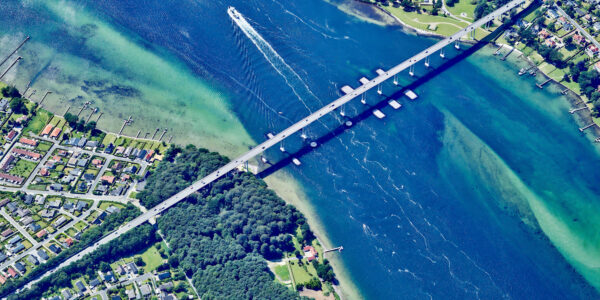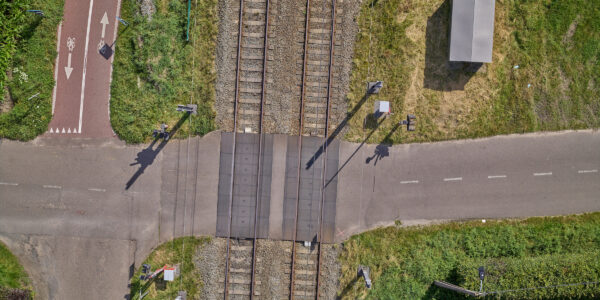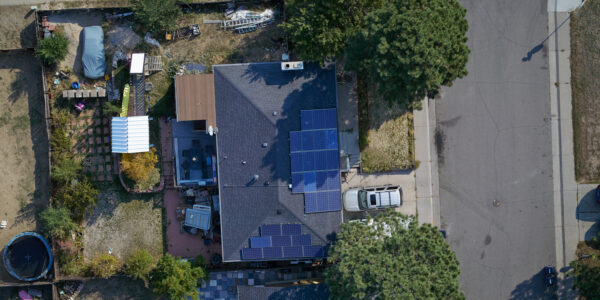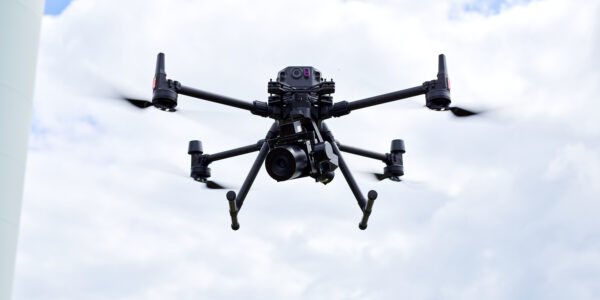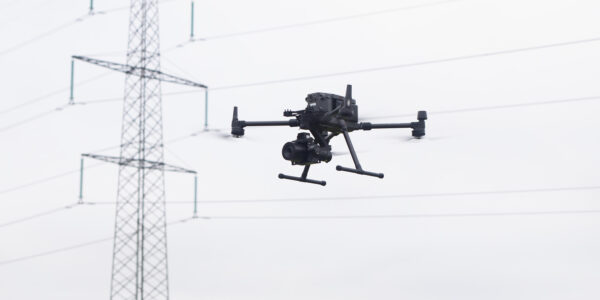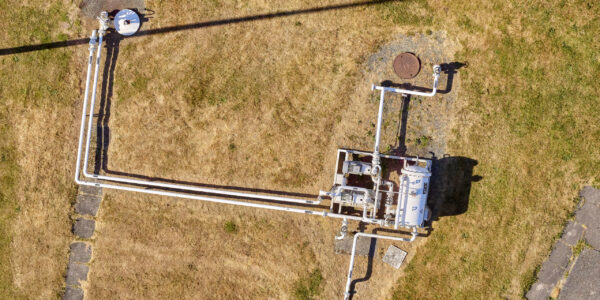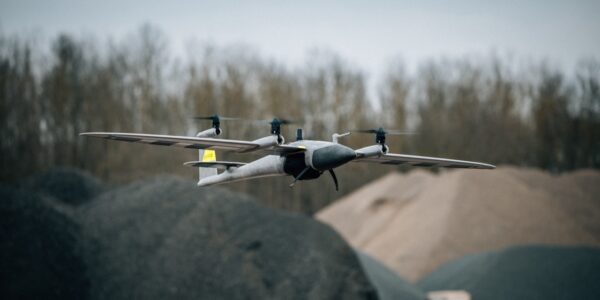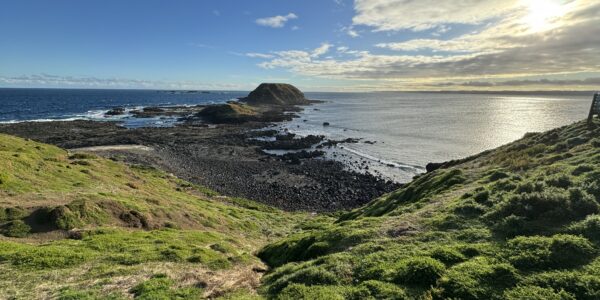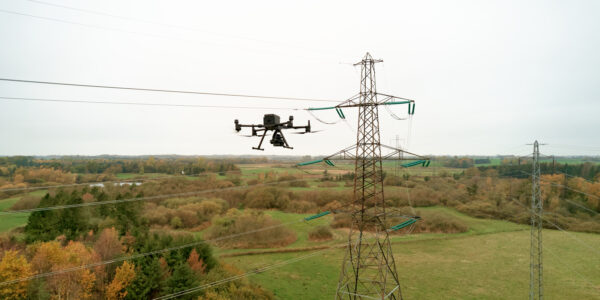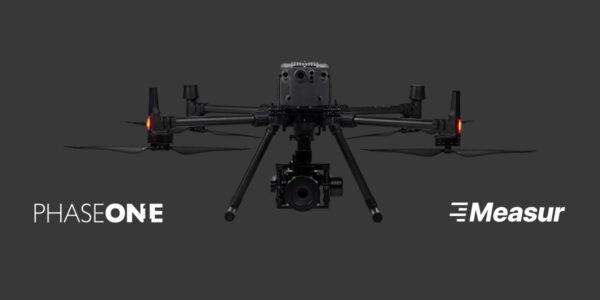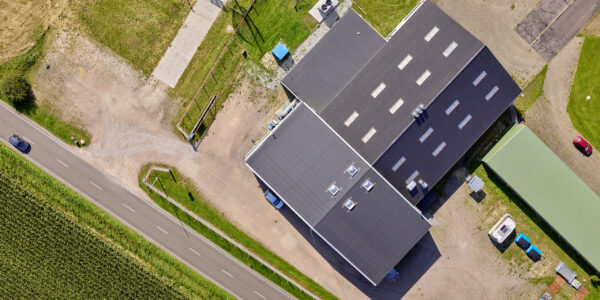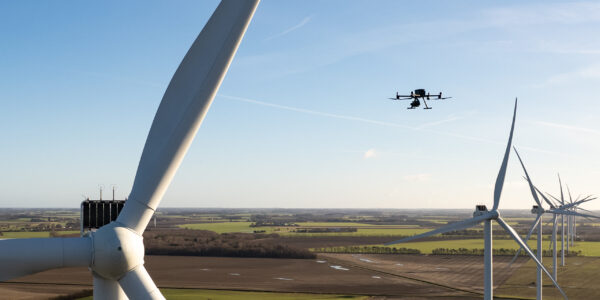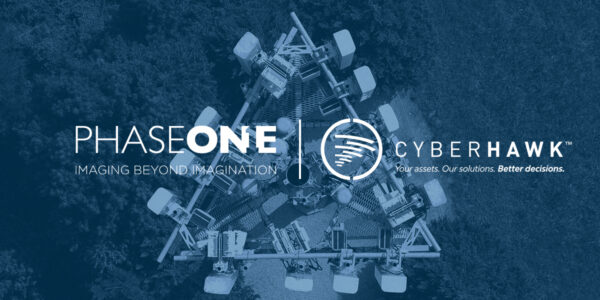Happy Earth Day from Phase One
Today, as we join over a billion people worldwide in celebrating Earth Day, let’s take a moment to reflect on the importance of protecting our planet for current and future generations. This year’s Earth Day theme, “Planet v Plastics,” sheds light on the pressing issue of plastic pollution. With 380 million tonnes of plastic produced annually and only 9% recycled, it’s time to take action.
Enjoy this blog post by Frederik, who is working together with Race for Oceans for tackle the plastic issue of our planet:
As someone who deeply cares about both technological innovation and environmental conservation, my recent experience with Race for Oceans was incredibly personal and inspiring. The trip brought to light the ongoing battle against plastic pollution and showcased the transformative power of technology and community in making a real difference.

Frederik Skoumann – Application Specialist
A Growing Crisis Beneath the Waves
The crisis of plastic pollution in our oceans is not just a problem; it’s a ticking time bomb. It’s a situation that demands urgent action, as underscored by Race for Oceans, an organization dedicated to shining a light on and combating this urgent issue. Founded by the tireless Signe Simonsen, Race for Oceans is a beacon of hope and action. Signe’s first-hand experiences with the devastating effects of plastic on marine life have propelled Race for Oceans into a movement that combines sports, community clean-ups, and now, technological interventions to protect our oceans.
A Mission with a Vision: The Drone Inspection Project
My role in this vital mission involved conducting drone inspections using our high resolution cameras mounted on a drone. The goal? To amass a comprehensive dataset for AI-driven detection of plastic pellets – the insidious pollutants that blanket our oceans and threaten marine biodiversity. Often unnoticed by the casual observer, these pellets accumulate over time, posing a dire threat to aquatic ecosystems.
The methodology was precise: By deploying drones equipped with high-resolution cameras, we could capture detailed images of coastal and marine environments. These images serve as the foundation for training an AI model, which are capable of identifying and quantifying plastic pellets. By leveraging AI, we’re enhancing our understanding of pollution’s extent and empowering clean-up efforts with data-driven precision.
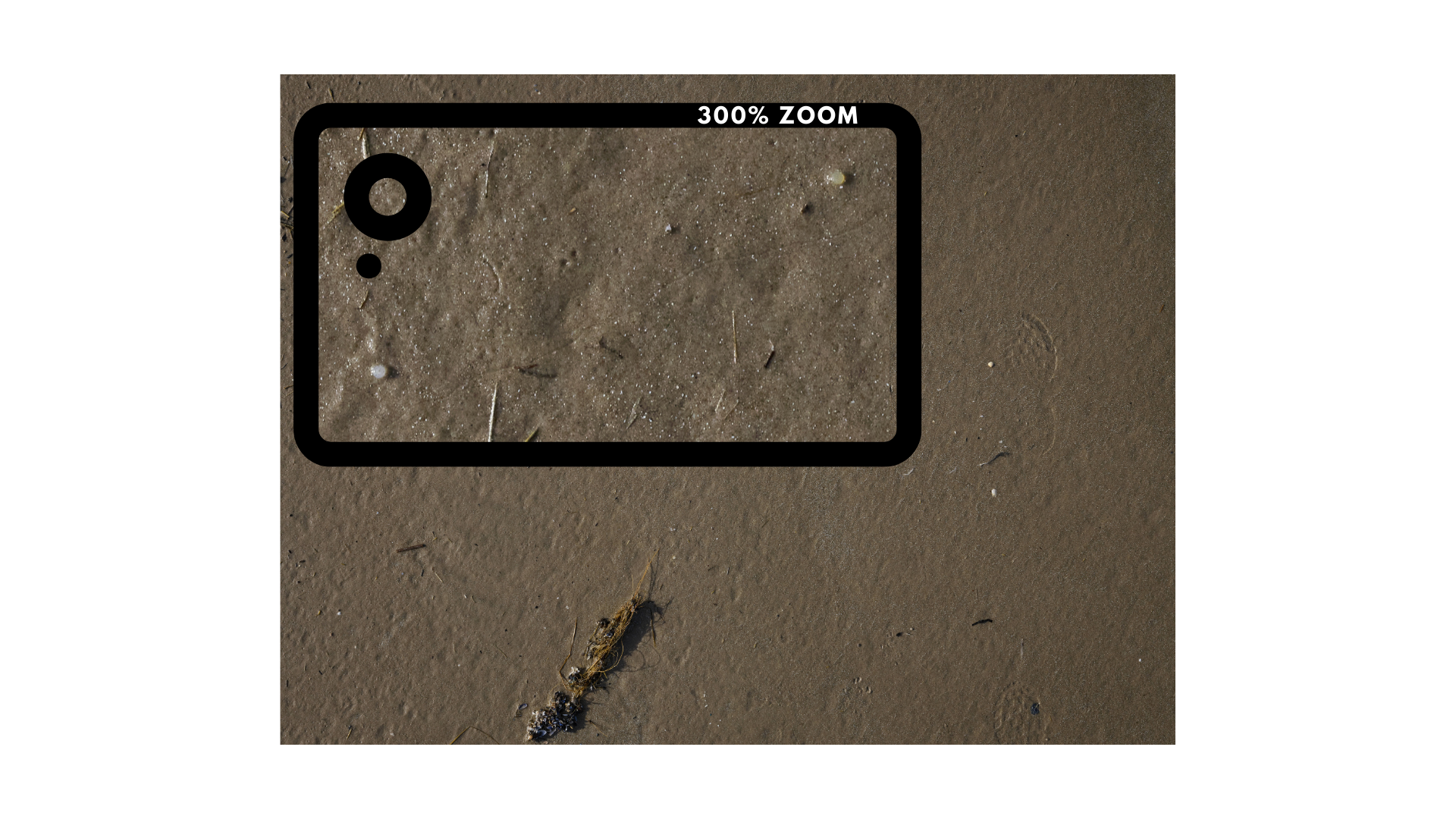
Photo: iXM-GS120 senser – from 5m, 80 focal length and GSD 0.22mm
The Power of Collective Action
Race for Oceans is not just an organization; it’s a movement that embodies the spirit of inclusivity and collective effort. Its foundation, built on the synergy between sports, environmental activism, and now, technological innovation, serves as a powerful model for environmental stewardship. The Race for Oceans Relay and other year-round clean-up activities underscore the message that everyone, regardless of background or expertise, can play a pivotal role in preserving marine life.
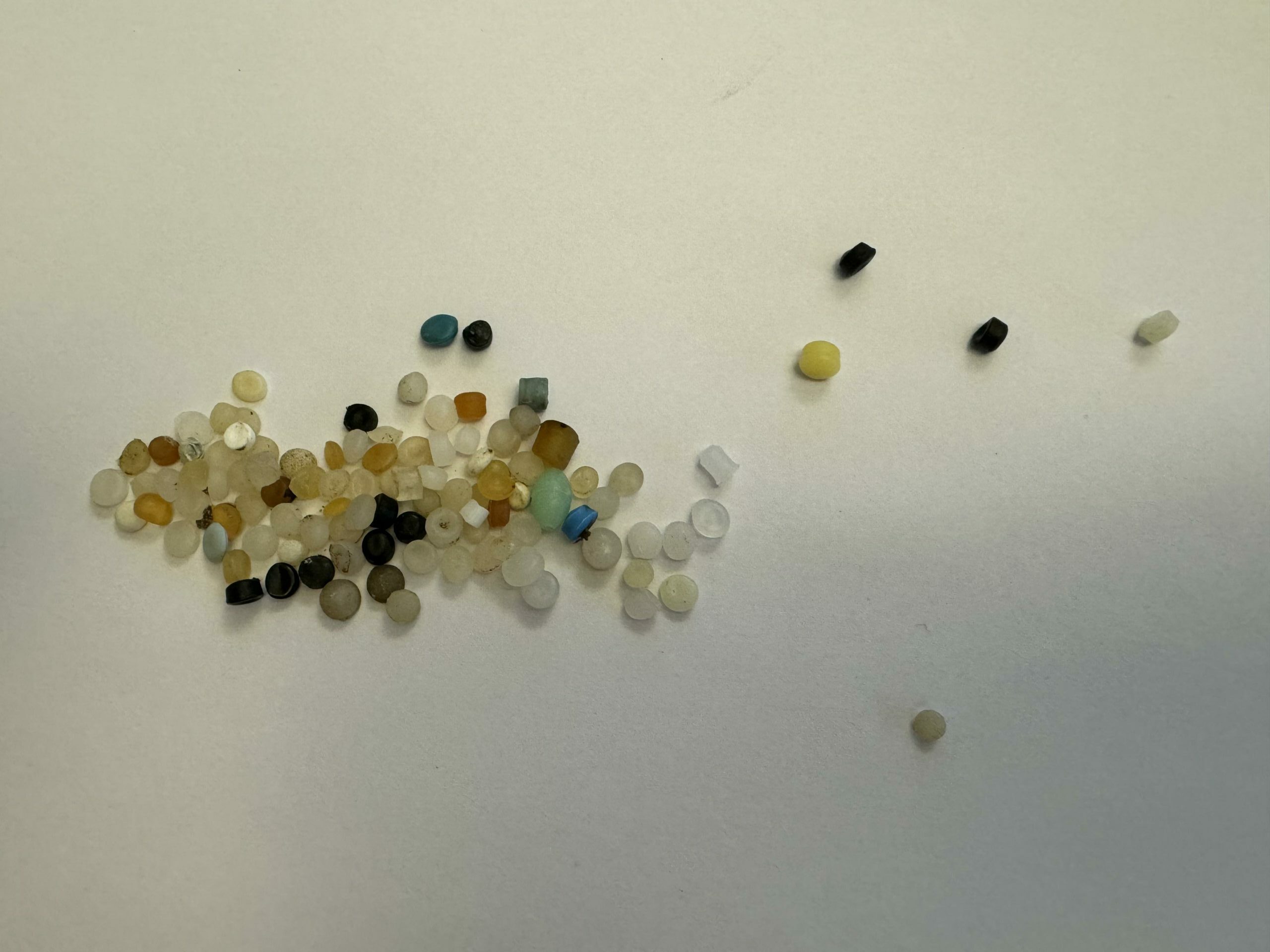
Looking Ahead: A Call to Arms
The journey with Race for Oceans has been a profound one, highlighting the urgency of our mission and the potential for technology to drive significant change. However, the road ahead requires the collective will and action of each and every one of us. I implore you to join this noble cause, whether it’s through participating in clean-up events, supporting technological advancements, or simply spreading the word about the plight of our oceans. Your contribution, no matter how small, can make a world of difference.
Together, we can turn the tide against ocean plastic pollution. Let’s unite in this race not against time but for our oceans and our future.
Share this on social media:
